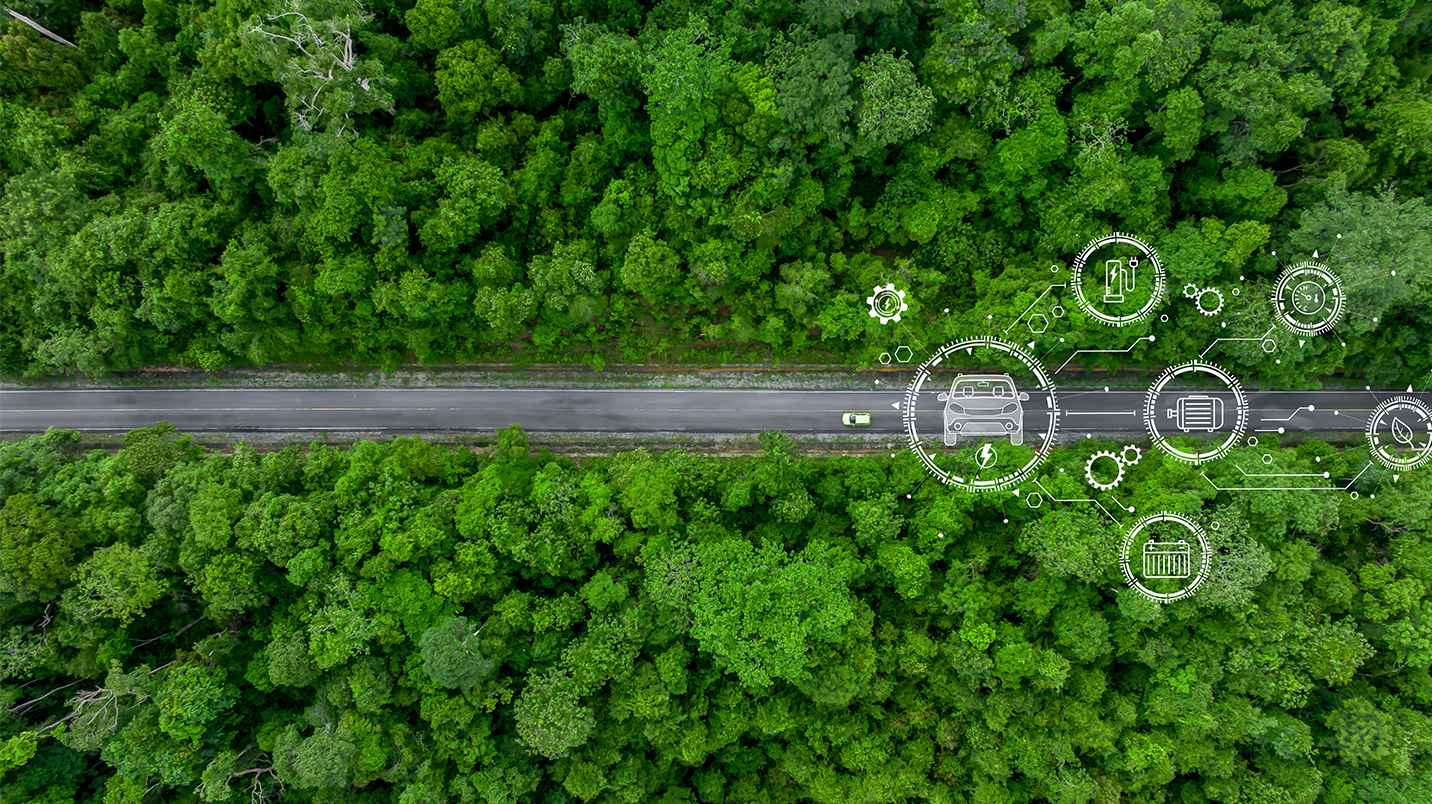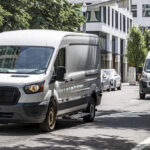-
What We DoFrom fleet management and productivity solutions to upfitting, fabrication, and insurance, Holman has the integrated automotive services expertise to keep your business moving.Overview
-
ResourcesWe have a lot to share. Browse our resources library for current insights, data, strategies, and success stories from our own experts in their respective fields.Overview
-
About UsWhen Holman was founded in 1924, we set something positive in motion. Our consistent focus on people and our commitment to integrity make us who we are today.Overview
 Join Our TeamWe’re not just in the automotive business, we’re in the people business. Join us for the ride.Browse Careers
Join Our TeamWe’re not just in the automotive business, we’re in the people business. Join us for the ride.Browse Careers
Alternative Fuels & Sustainable Fleet Solutions

Introduction
EVs are leading the sustainability conversation in 2024. While they’re a great option for many, the technology and infrastructure are still evolving, and the current tech might not meet your needs today. With the 2035 deadline for phasing out fossil fuel vehicles looming, you might be wondering – what other options are there?
Hydrogen Fuel Cell Vehicles (HFCVs):
Like electric vehicles, HFCVs are considered zero-emission at the tailpipe. They use a hydrogen fuel cell that generates electricity for the electric motor, and only emit water vapour. Compared to EVs, they offer longer ranges – around 300-400 miles, and fast refuelling which can be a huge advantage for fleets that need rapid turnaround times, especially for operations that run through the night.
However mainstream uptake comes with significant challenges. The current infrastructure is limited with fewer than 15 hydrogen refuelling stations in the UK, and with some of the first hydrogen van trials currently underway, there may be a long wait if you’re holding off for hydrogen. Also, despite the ‘zero tailpipe emissions’, most of the UK and the world’s hydrogen production relies on “grey” methods, which has a high carbon footprint.
So, despite the promise of long-ranges and fast-refuelling in HFCVs, the infrastructure and scale still need serious investment before they become mainstream.
Biofuels:
Biofuels, like those made from recycled cooking oil (think McDonald’s!), are a type of fuel made from renewable sources like plant oils or agricultural waste. In the UK, Biofuels are already playing a role in reducing emissions, as standard E10 petrol, and B7 diesel is a blend of biofuels and fossil fuels. While 100% biofuel is currently limited in commercial vans – although Ford approved the use of Hydrotreated Vegetable Oil (HVO) in its Transit vans – it is more widely used in some heavy-duty vehicles like HGVs, buses, and coaches due to their higher efficiency. These fuels however are seen as a stepping-stone, a medium-term solution on the path to net zero emissions.
eSUVs as Vans Alternative:
The electric van market is growing, but some fleets are finding an unexpected alternative in electric SUVs. For fleets looking to switch out petrol and diesel LCVs and move towards more sustainable options quickly, eSUVs offer a solution. Unlike some electric vans, eSUVs typically have better real-world ranges of 250-300 miles, and can use the wider availability of charging infrastructure for cars, easing range anxiety. So, if your fleet needs a quicker path to electrification, eSUVs may be an option to explore.
Hybrid Solutions:
Hybrid vehicles combine a combustion engine with an electric motor. While this approach provides some advantages in terms of fuel efficiency and emissions reduction, it’s important to consider the higher upfront costs, maintenance complexities and added weight to the vehicle.
There are different types of hybrids – mild, full, and plug-in (PHEVs) – each with its own strengths. The best choice depends on your driving needs: city streets or motorway journeys, driving styles, and typical speeds.
Hybrids may not be your final stop on the road to zero emissions, they can provide a way to ease into a greener future for your fleet, all while saving you money on fuel and reducing your environmental impact.
Micromobility Solutions:
Large-scale, cross-country fleets cannot be replaced with e-cargo bikes and e-scooters. However, these micromobility solutions could offer a solution to decarbonise your fleets in cities and urban areas. E-cargo bikes have a similar capacity to a small van, whilst being able to travel in bike lanes beating the traffic with zero emissions. Some businesses are utilising micromobility solutions to travel between their own sites, embracing the flexibility these solutions can offer.
Obviously, factors like limited range, weather dependence, and safety need to be considered, but it could be worth exploring creative ways in your commitment to sustainability.
Sustainable Driving:
Switching out your current fleet not yet viable? There are still steps you can take to reduce your environmental impact. Implementing eco-driving techniques, such as smooth acceleration, minimal idling, and regulating speeds, is an easy way to reduce emissions. Additionally, Holman’s Riskmaster Programme can be a valuable tool in identifying drivers who may benefit from additional training. This targeted approach can not only improve fuel efficiency but also extend the lifespan of your vehicles by reducing wear and tear on the engine, tyres, and brakes.
Conclusion
While EVs are leading the way to fleet sustainability, other options like HFCVs, Biofuels, Electric SUVs, Hybrids, and Micromobility Solutions offer diverse paths to reducing emissions. It depends on what your sustainability goals are, whether you’re looking for a 100% zero emissions fleet today, or if you’re looking to introduce a mix of the above into your fleet.
At Holman, we can help you to evaluate your fleet needs, driving patterns, and sustainability goals to find path towards your greener future.
Ultimately, a combination of innovative technologies, infrastructure development, and mindful driving habits will drive us towards a cleaner transportation future.
Related Resources
Explore more related industry news, insights, and developments.
It looks like you've navigated to our Holman UK website and are located outside of this region. Would you like to continue or select a different region?
✕






